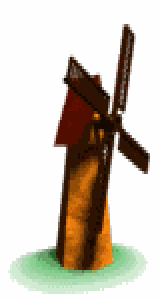
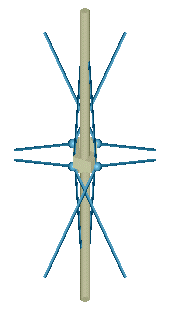
GIFs posted to dump.fm by dadayumn (L) and maxlabor (R)
"Out for a Jaunt (Echoes)" [mp3 removed]
A soundscape piece made with recycled recordings of the Doepfer A-112 sampler (percussive and quasi-avian sounds previously used in the tune "Out for a Jaunt"), run through several different delay/reverb plugin configurations and multi-tracked.
Using behind-the-scenes stills from websites showing tricks of photographic image-manipulation, Guthrie Lonergan's "Professional Berry Visuals" ([YouTube] and see earlier post) creates a new! and improved! kind of fabricated narrative.
The video intercuts three groups of shots: (i) slick, food-stylist strawberries plopped into a glass of sangria (with an exciting splash), (ii) views of a tabletop with lighting and camera-positioning for these shots, and (iii) professionally-mounted images of strawberries on a display rack in a crowded trade show.
Stills from these groups repeat several times, mimicking a step by step tutorial. Watched with half an eye (the way we see most TV), we might think this is a singular story, for example, "I got my photos into the food fair and here's how I did them." Yet the food-fair strawberries aren't being dropped into a glass, they're arranged in a cluster, and the "fair" is actually an electronics convention -- what's on display isn't the berries but the flatscreen TV they appear on. The discrepancies might be a mistake, or a typical night on Fox News, but Lonergan shows them again and again. The repetition perversely reinforces a connection we know doesn't exist.
One logical sequence, or subroutine, can be found within this how-not-to: The trade show segment unfolds in a semi-dramatic fashion as we approach the display rack from behind, swing around the side, and then view the berries in all their polished glory. Another note of drama, typical of documentary films, is a technique let's call "stab and zoom." Each time a new photo appears, a hard piano note sounds and the fade of the note is timed perfectly with a slow zoom deeper into the image. You might see this at the start of a movie trailer but there the stabs would come faster and faster until finally an announcer pulled it all together with a dramatic tag line. Lonergan delivers neither the speed nor the explanatory payoff: a sense of expectation is created but the sequence just repeats.
The absurdity of this repetition is heightened by Lonergan's MIDI score, a catchy if slightly doom-laden theme with jaunty bassoons accompanying the piano ostinato. Completely out of sync emotionally with the pedestrian berry images, the music lends added continuity, weight, and purpose to the video, much in the same way that political ads convince us an issue or candidate has a raison d'être besides hackery, ego-striving, or propaganda for shadowy oligarchic interests.
ongoing edits
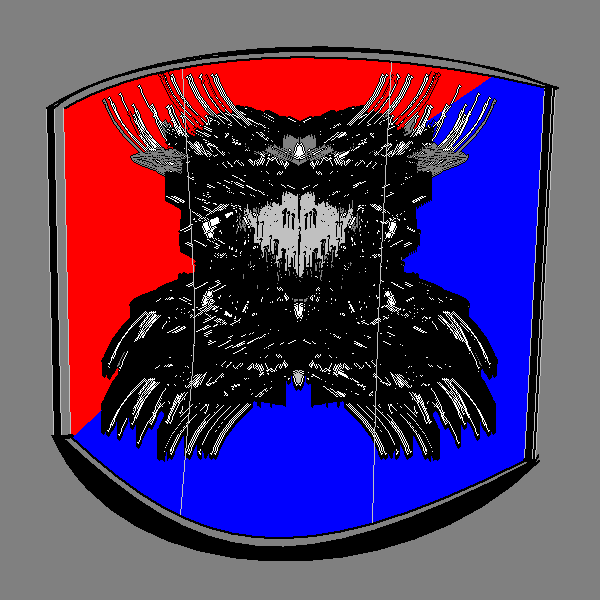
From Artinfo:
In the preface to the catalogue for "Big Reality," an exhibition that opens tonight at 319 Scholes in Brooklyn, writer and curator Brian Droitcour states, “I found that what united a diverse group of artists working online was a rejection of the idea of 'virtual reality' —- that what happens online was just as 'real' as events that took place away from the keyboard."
"What happens online is real" isn't much of an insight in an age when, say, people commit suicide for having their sex lives revealed online. Possibly artists are just now catching up to the idea in the spirit of the "arrière-garde." I missed Droitcour's show (and haven't read the catalog) but have had good reports on work by Andrej Ujhazy, an artist only peripherally associated with "gaming." (For that matter, what did any of these artists in the show have to do with gaming or RPGs? BFFA3AE, Laura Brothers, Jacob Ciocci, Daniel Leyva, Guthrie Lonergan, Shana Moulton, Brenna Murphy? Maybe they made games but one hates to see them so pigeonholed. If you saw the show please send a report.)
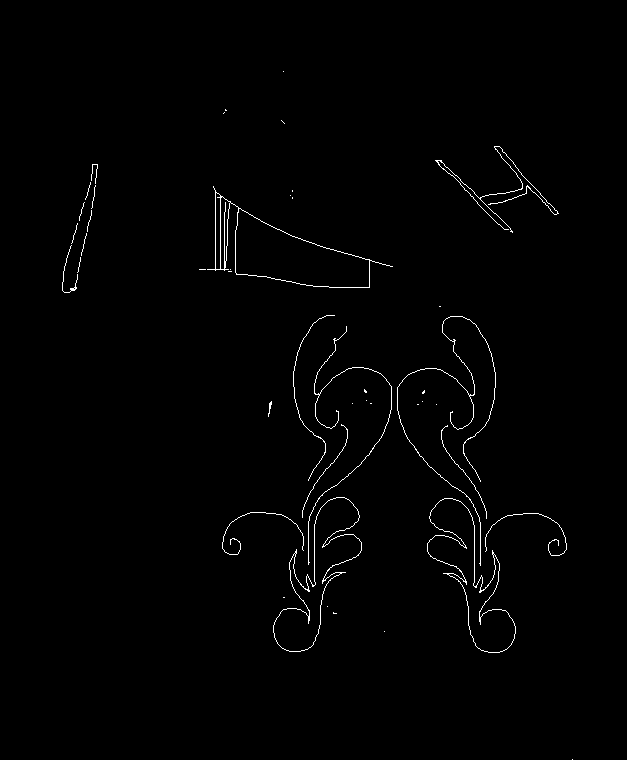
Possibly game references underlie the samurai figures, flags, and heraldry frequently cropping up on Ujhazy's blog but that seems limiting to a visual project that combines so many elements: storytelling, 8-bit art, digital painting, fusion of animation and stills, disorienting scale changes, layering, use of internet "found objects," and psychedelia. For all the talk of "net art" Ujhazy is one of the few people who actually expand painting and drawing into a browser-specific practice.
Page back through his generous blog and you'll find sumptuous virtual painting such as this detail:
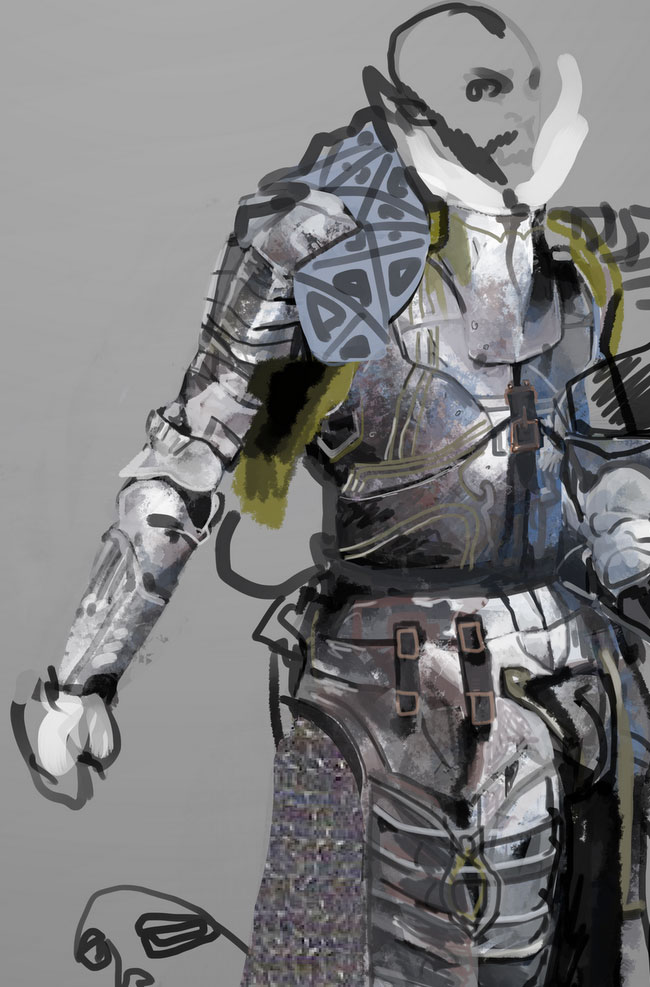
The loose, almost sloppy marks snap into focus in manner that melds expressionism and classical attention to detail. The head of this knight-warrior sinks vaguely into the background in favor of the riot of brushwork in his armor, where defining lines drift off into desultory patterns akin to private doodling. The warrior's right thigh lurks behind a screen of "quantization noise" suggesting a badly compressed jpeg. But you don't notice the technological play immediately -- the wooly texture actually convinces. Other parts of the armor suggest a drybrush effect conjuring hammered metal.
These technical elements undercut the dungeons & dragons subject matter, so we have a warrior (confident, splendidly decked out) de-resolving into a quivering mass of probabilities. That's possibly a more interesting story than whether he will successfully go up against a level 2 red dragon and best it in combat. Another story might be how little we actually know (or can know) about the medieval worlds Ujhazy depicts in his drawings. Without an acoustiguide or links to Wikipedia we can only speculate how much is invented and how much quoted from historical sources. This isn't to say games can't accommodate these types of uncertainties but art is a field potentially unlimited by directional steps of any kind.
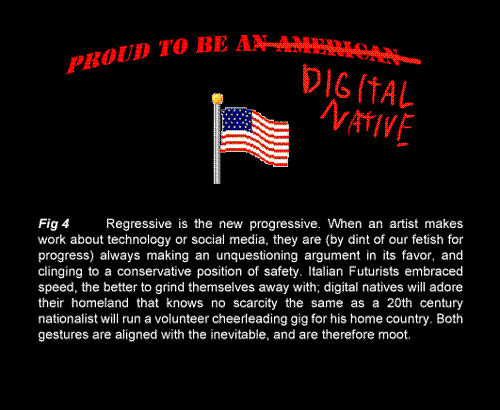
From Absis Minas's tumblr Free Proposals for Art World Art Critiques.
As a pre-native have been on both sides of this argument. In the early days of blogging the howls and jeers from print media made you adopt a pro-technology stance; what you could do with self-publishing (linking, choosing your own visuals, correcting-as-you-go) compared to the tyranny of magazine compartmentalization (and editors) was liberating. But gradually over the last ten years "media" has wrapped its tentacles back around expression, so that if you are talking about the revolutionary power of Facebook or Twitter you are just a dolt.
The infrastructure of, say, brand-name author blogs on major newspaper sites with "like" buttons allowing you to cycle the content within accepted social media channels is a giant interlocking engine designed to feed you to advertisers. Making a political statement on twitter adjacent to a promoted web consultant tweet in your timeline feels particularly futile. Controlling the tone and context of your utterances isn't essential to an artist's survival but you'd like to think you had a choice.